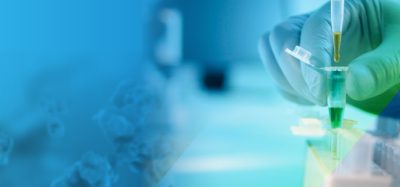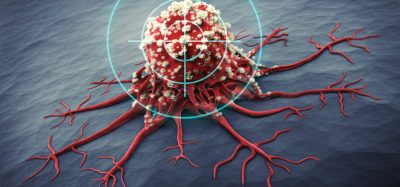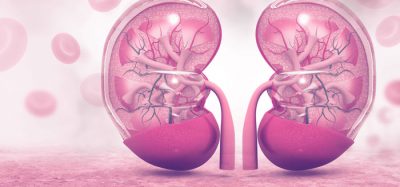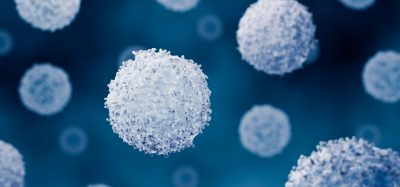Meet the hemifusome: a new organelle with big impact
Posted: 3 July 2025 | Drug Target Review | No comments yet
Scientists have discovered a previously unknown organelle inside human cells – the hemifusome – that could change our understanding of rare genetic disorders.


A newly identified organelle inside our cells could change the way scientists understand – and eventually treat – complex genetic diseases. Dubbed the “hemifusome,” this tiny but vital structure was discovered by researchers at the University of Virginia School of Medicine and the National Institutes of Health (NIH).
The hemifusome plays a central role in managing how cells sort, recycle and dispose of internal materials. Its discovery offers researchers a fresh look at cellular housekeeping and its links to inherited disorders.
“This is like discovering a new recycling centre inside the cell,” said Dr Seham Ebrahim of UVA’s Department of Molecular Physiology and Biological Physics. “We think the hemifusome helps manage how cells package and process material, and when this goes wrong, it may contribute to diseases that affect many systems in the body.”
Clues to rare genetic conditions
One of the conditions potentially linked to faulty cellular cargo handling is Hermansky-Pudlak syndrome – a rare inherited disorder that can cause albinism, vision issues, lung complications and blood clotting problems. Scientists suspect that the failure of proper cargo management within cells lies at the root of many such diseases.
“We’re just beginning to understand how this new organelle fits into the bigger picture of cell health and disease,” said Ebrahim. “It’s exciting because finding something truly new inside cells is rare – and it gives us a whole new path to explore.”
Say hello to the hemifusome
The research came through a collaboration between Ebrahim’s team at UVA Health and Dr Bechara Kachar and his colleagues Dr Amirrasoul Tavakoli and Dr Shiqiong Hu at the NIH. By using cryo-electron tomography (cryo-ET) – a technique that freezes cells in time for detailed imaging – the researchers captured visuals of the hemifusome in action.
The hemifusome is like a loading dock where they connect and transfer cargo
According to their findings, hemifusomes appear to help in the creation of vesicles – small sac-like structures that ferry materials within cells – and larger, multi-vesicle organelles. These structures are essential for organising, recycling and discarding the contents of cells.
“You can think of vesicles like little delivery trucks inside the cell,” said Ebrahim, who is also part of UVA’s Center for Membrane and Cell Physiology. “The hemifusome is like a loading dock where they connect and transfer cargo. It’s a step in the process we didn’t know existed.”
Future therapeutic potential
Although only just discovered, hemifusomes may be more common – and more important – than previously thought. The team suspects they play a key role in maintaining healthy cellular function, and when disrupted, could contribute to disease.
“This is just the beginning,” said Ebrahim. “Now that we know hemifusomes exist, we can start asking how they behave in healthy cells and what happens when things go wrong. That could lead us to new strategies for treating complex genetic diseases.”
As scientists continue to explore this new organelle, the hemifusome may one day become a target for therapies aimed at correcting the underlying causes of genetic disorders.
Related topics
Disease Research, Imaging, Microscopy, Molecular Biology, Organoids, Translational Science
Related conditions
Genetic diseases, Hermansky-Pudlak syndrome
Related organisations
National Institutes of Health (NIH), the University of Virginia School of Medicine








